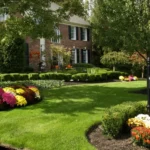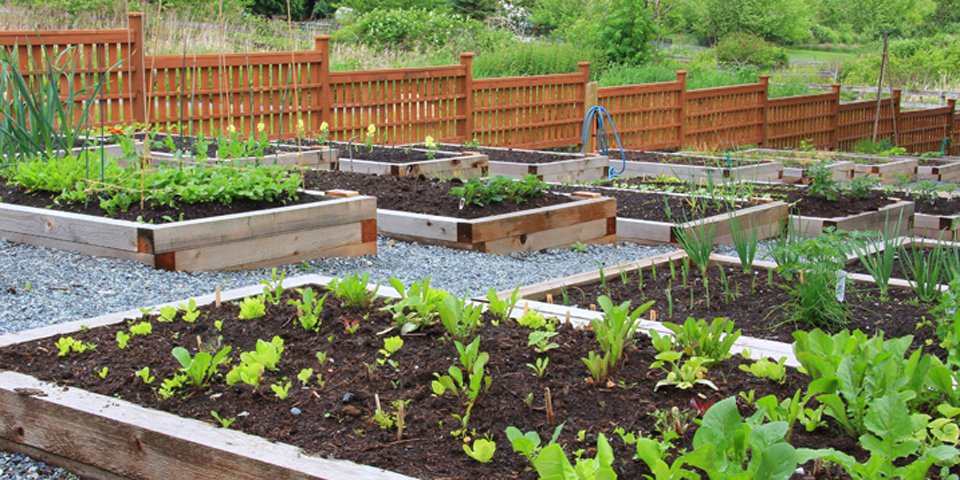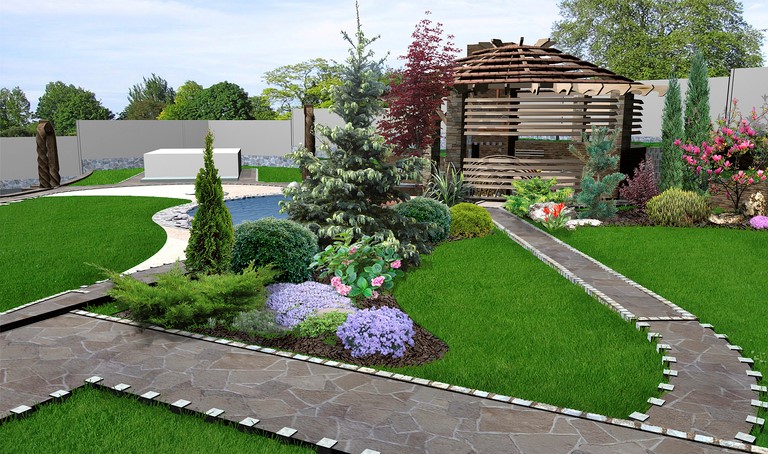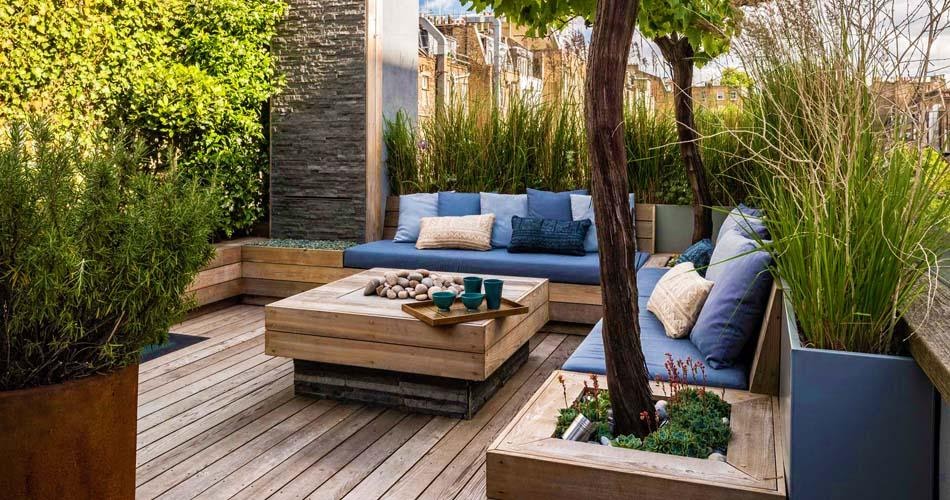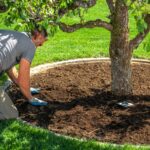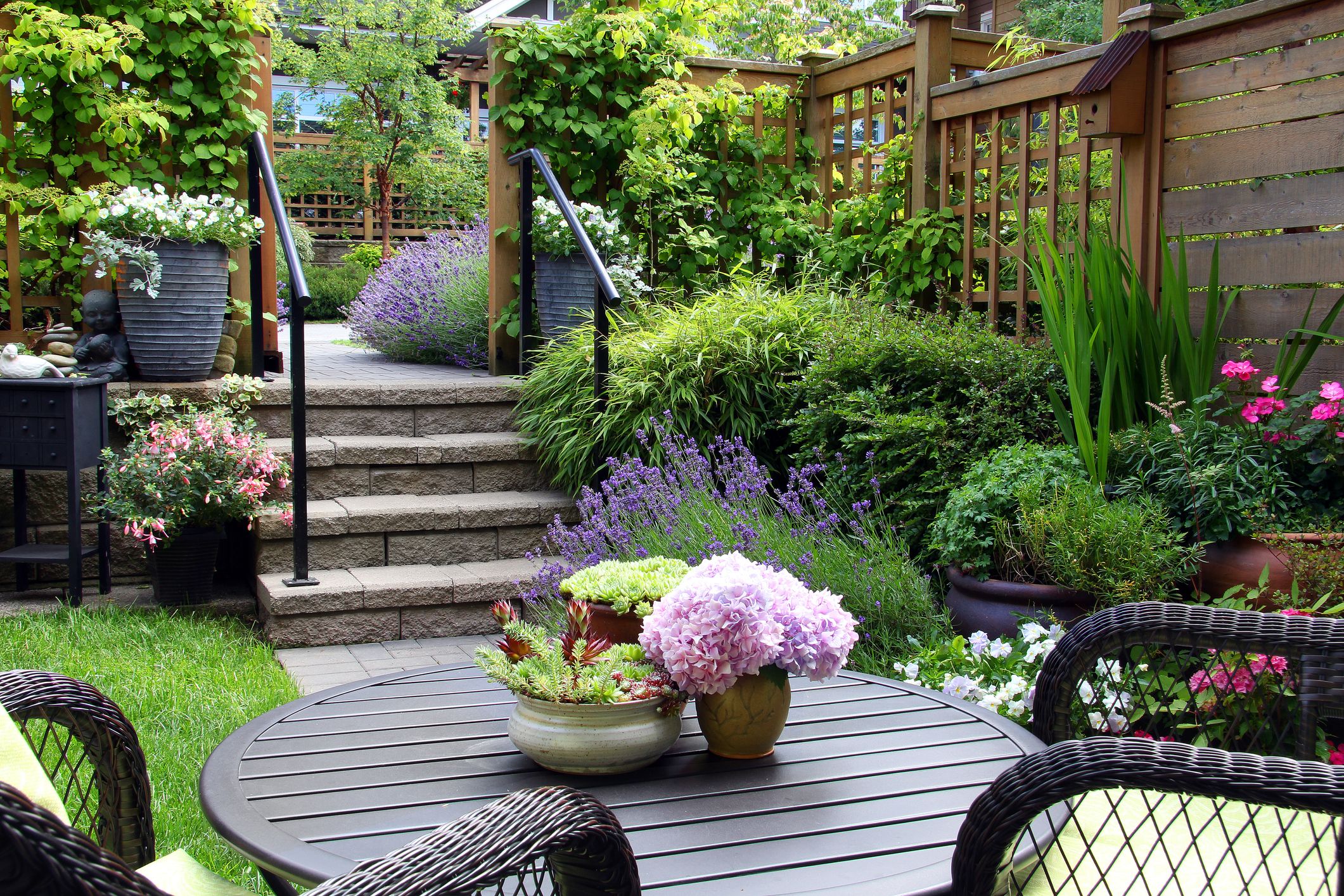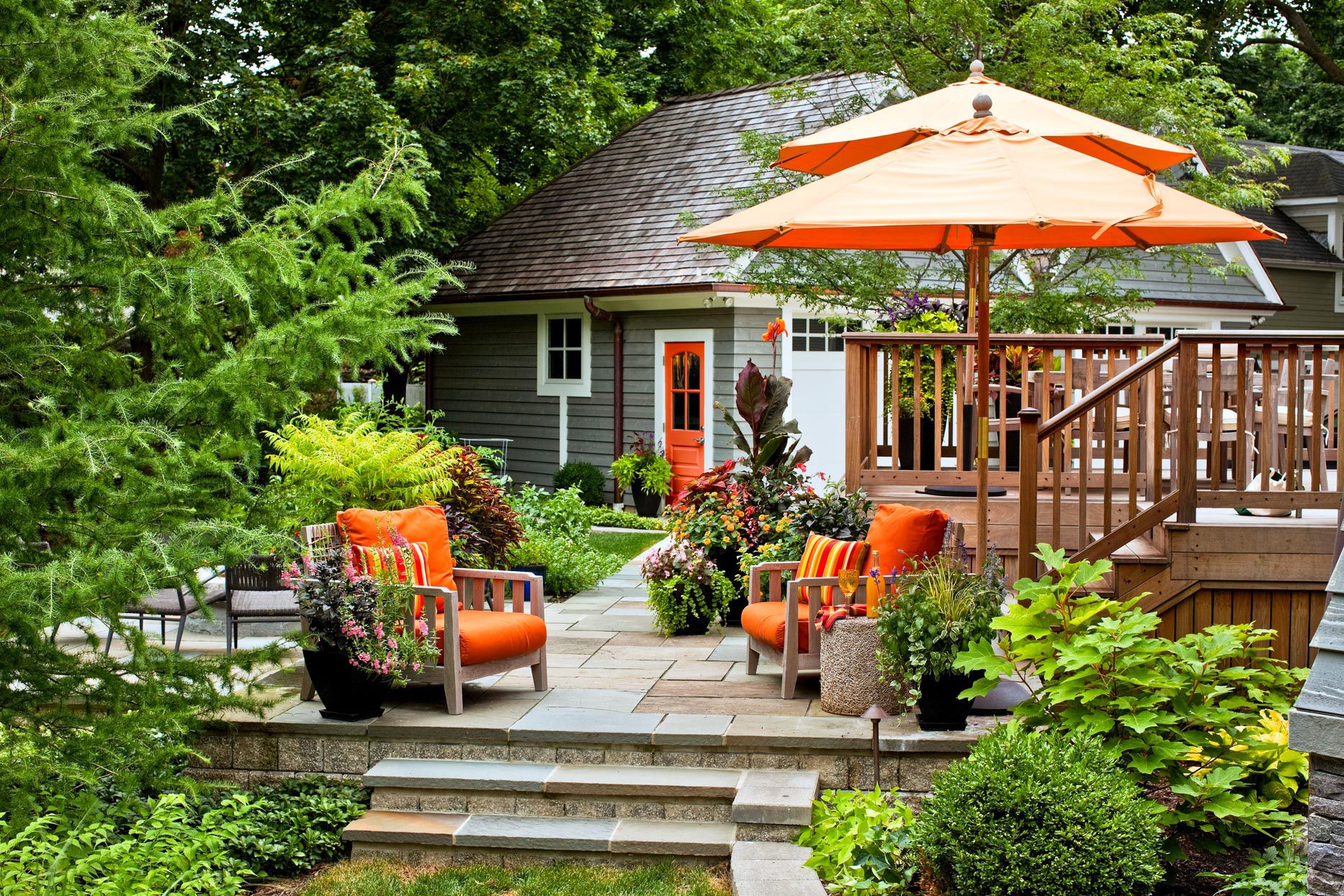A Guide to Garden Landscaping
A well-designed garden can be a source of immense joy and tranquility, providing a space for relaxation, entertainment, and communion with nature. Garden landscaping is the art of transforming your outdoor space into a beautiful, functional, and harmonious environment. Whether you have a sprawling estate or a tiny urban balcony, this guide to garden landscaping will provide you with the insights and inspiration needed to create your own green oasis.
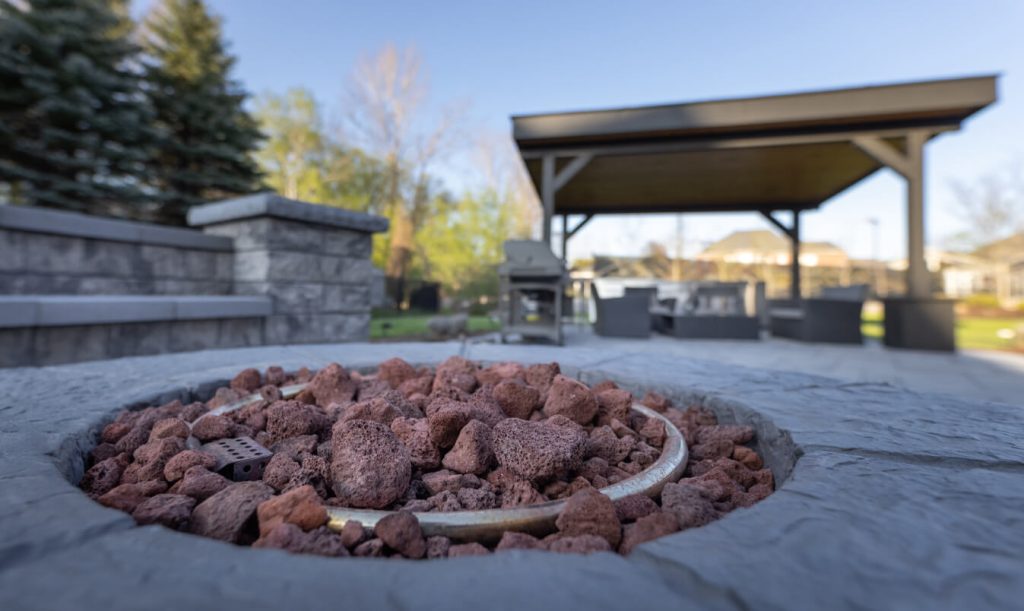
Source: Landscaping Etobicoke
Content
1. Planning Your Garden Landscape
Before you break out the shovels and gardening gloves, it’s crucial to start with a well-thought-out plan. Planning your garden landscape involves:
a. Setting Goals: Determine the primary purpose of your garden. Do you want a serene retreat, a space for outdoor gatherings, or a vibrant flower garden?
b. Assessing Your Space: Take a good look at your outdoor area. Consider its size, shape, and topography. Note the hours of sunlight and shade it receives daily.
c. Choosing a Style: Think about the overall look and feel you want for your garden. Styles range from formal and structured to informal and wild.
d. Budgeting: Determine how much you’re willing to invest in your garden landscaping project. This will influence your choice of plants and materials.
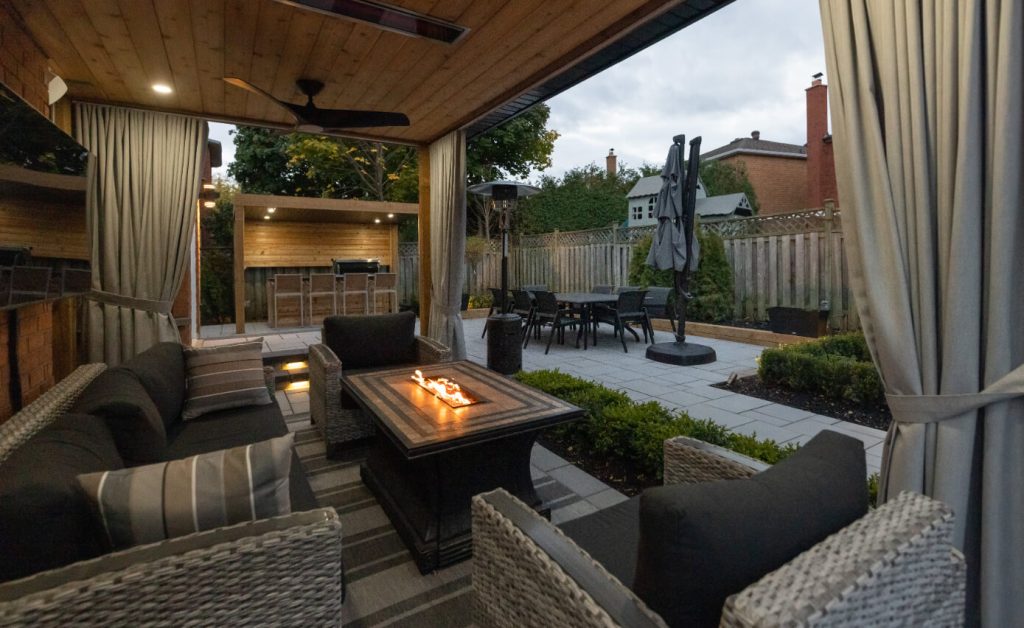
Source: Landscaping Etobicoke
2. Creating a Functional Layout
A functional layout is the backbone of any successful garden landscape. Consider the following elements when planning your garden’s layout:
a. Pathways: Design pathways that connect different areas of your garden. They should be both practical and aesthetically pleasing.
b. Seating Areas: Incorporate seating areas where you can relax and enjoy your garden. Options include benches, pergolas, and patio furniture.
c. Focal Points: Add focal points like sculptures, water features, or eye-catching plants to draw the eye and create visual interest.
d. Zoning: Divide your garden into zones based on the activities you plan to do in each area. For example, you might have a dining zone, a play zone for children, and a zen garden for meditation.
3. Selecting Plants and Materials
Choosing the right plants and materials is essential to achieving the desired look and feel for your garden landscape.
a. Plant Selection: Consider factors such as climate, soil type, and maintenance requirements when choosing plants. Incorporate a variety of plants for year-round interest, including trees, shrubs, perennials, and annuals.
b. Hardscape Materials: Select materials for pathways, patios, and other hardscape features. Choices include natural stone, concrete pavers, gravel, and wood decking.
c. Color Palette: Plan a cohesive color palette for your garden, incorporating colors that complement each other and fit the overall style you’ve chosen.
d. Sustainable Practices: Embrace sustainable gardening practices by using native plants, reducing water usage with efficient irrigation systems, and opting for eco-friendly materials.
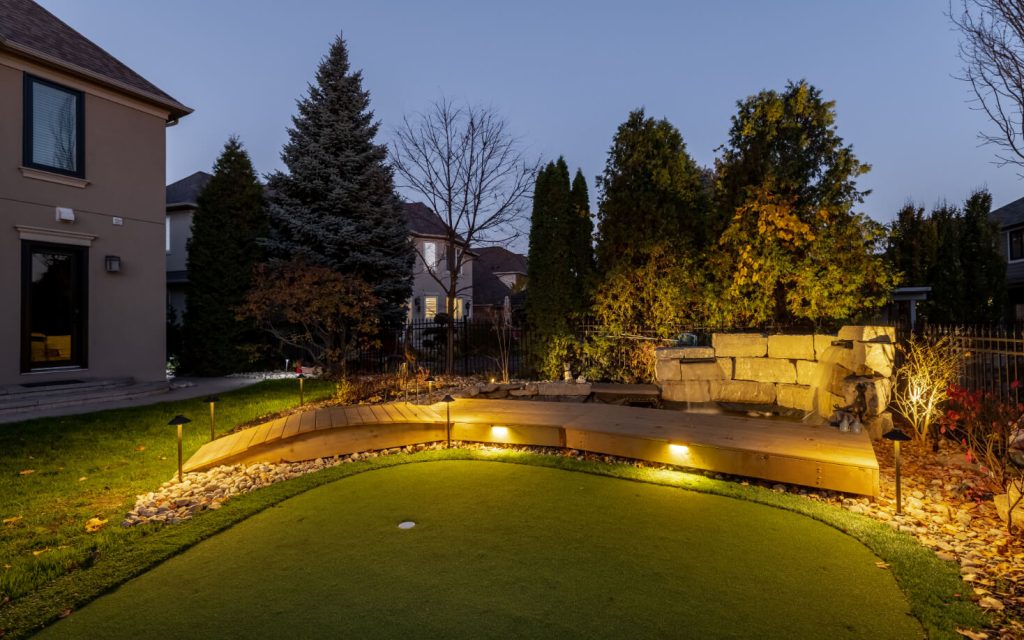
Source: Landscaping Etobicoke
4. Planting and Maintenance
With your plan in place and materials at the ready, it’s time to bring your garden landscape to life.
a. Planting: Follow proper planting techniques, ensuring that plants are placed at the correct depth and spacing. Pay attention to the specific needs of each species.
b. Irrigation: Install an irrigation system to ensure your plants receive adequate moisture. Be mindful of local watering restrictions.
c. Mulching: Apply mulch to conserve moisture, suppress weeds, and improve soil health.
d. Pruning and Care: Regularly maintain your garden by pruning, deadheading, and fertilizing as needed. Keep an eye out for pests and diseases, addressing them promptly.
5. Personalizing Your Garden
Your garden should reflect your personality and preferences. Personalize it with unique touches:
a. Garden Decor: Add decorative elements like garden statues, wind chimes, or artistic plant containers.
b. Outdoor Lighting: Install outdoor lighting to enjoy your garden in the evening. It also enhances safety and security.
c. Edible Garden: Consider growing your herbs, vegetables, or fruits to enjoy fresh, homegrown produce.
d. Wildlife Attraction: Invite birds and pollinators to your garden by incorporating bird feeders, butterfly-friendly plants, and water features.
6. Garden Landscaping Maintenance
To keep your garden landscape looking its best, regular maintenance is essential:
a. Seasonal Tasks: Perform seasonal tasks like pruning, weeding, and adding fresh mulch as needed.
b. Pests and Diseases: Monitor your plants for signs of pests or diseases and take appropriate action to address them.
c. Watering: Adjust your irrigation system according to the weather and the needs of your plants.
d. Updating and Refreshing: Periodically review your garden and make updates or changes to reflect evolving tastes and needs. By following this guide to garden landscaping, you can transform your outdoor space into a place of beauty and serenity that you, your family, and your friends can enjoy for years to come. Remember, a well-planned and maintained garden is a living work of art that can continuously evolve and delight.
By following this guide to garden landscaping, you can transform your outdoor space into a place of beauty and serenity that you, your family, and your friends can enjoy for years to come. Remember, a well-planned and maintained garden is a living work of art that can continuously evolve and delight.

I am Scott Miller and my love is writing about home improvement. I write mostly about home ideas, but also share some tips and tricks that can make your life easier when it comes to getting things done in the house.


